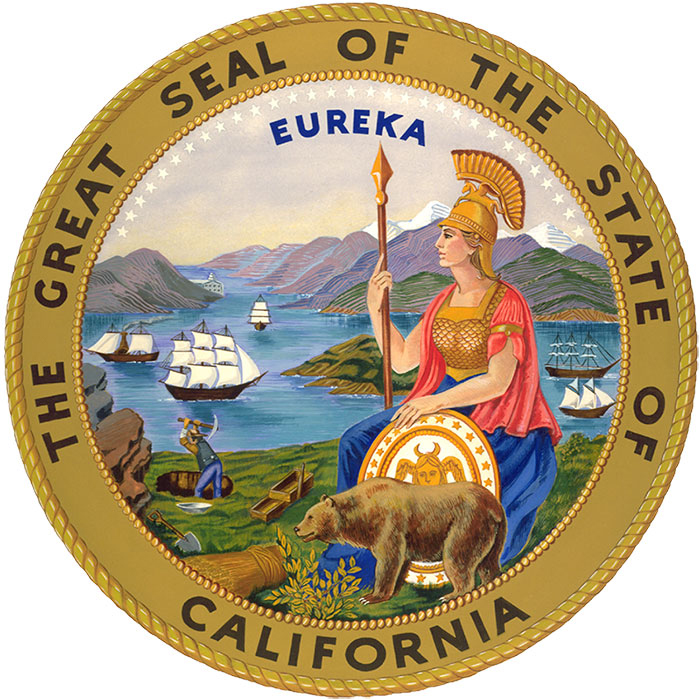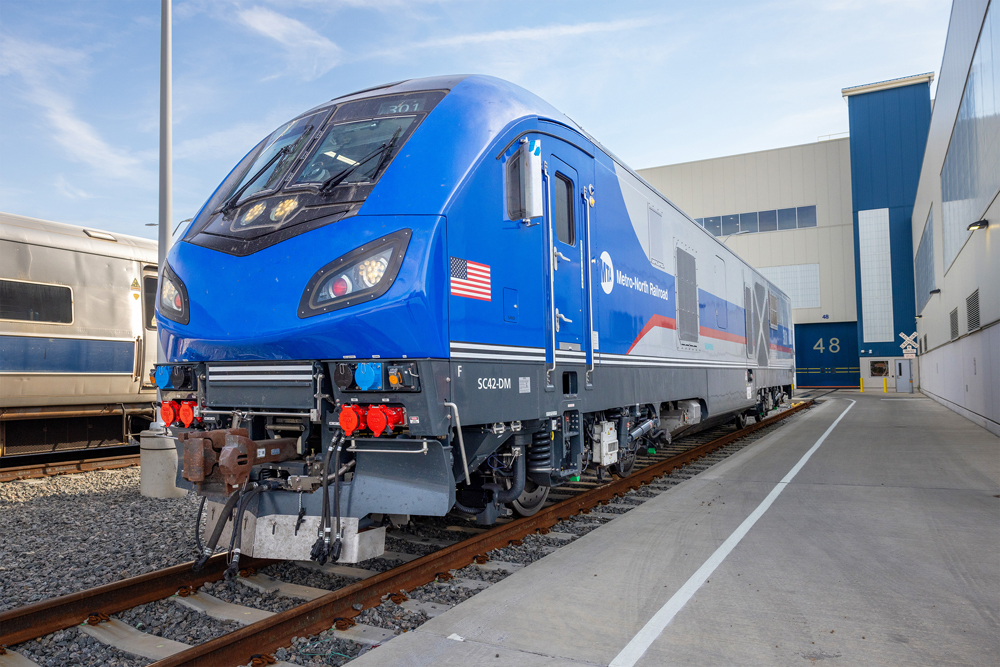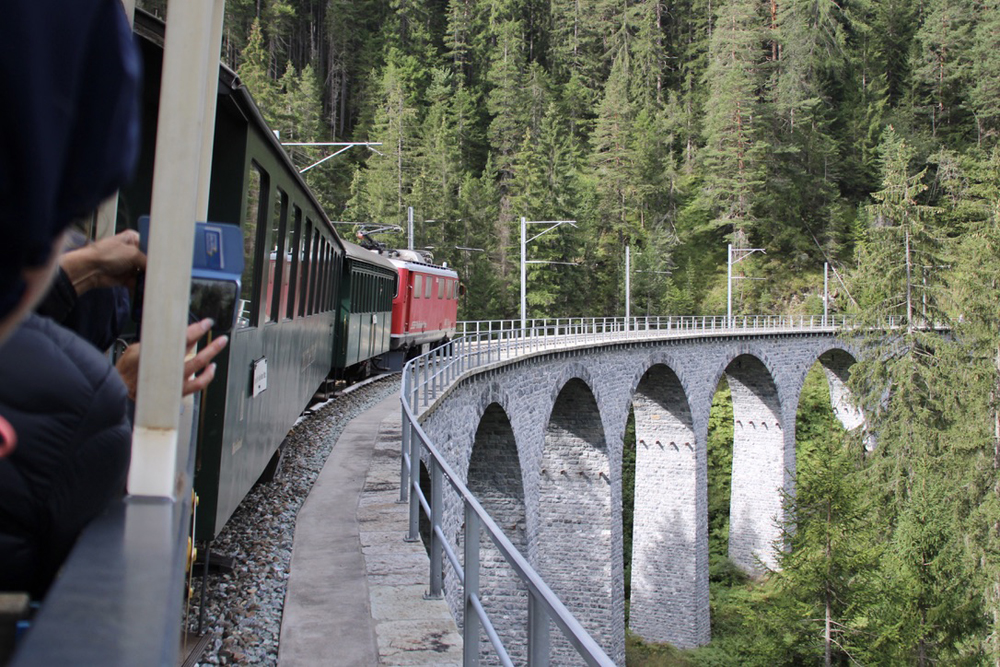California High Speed Rail: Seemingly on the list every year, California’s high-speed rail project survived an attempt to repeal a gas tax increase that provides some of its funding, and a change in the governors’ office. Democrat Gavin Newsom will replace HSR-backer Jerry Brown. Newsom says he supports the project. It’s almost become cliché to report the controversies attached to this project, which is one reason it didn’t make the Top Ten cut this year.
CTrail Hartford service debuts: In June, service began on Connecticut’s long-awaited Hartford Line between New Haven, Hartford and Springfield, Mass. The new service substantially increases train frequency on the 62-mile route. On weekdays, 17 round trips operate on the 36 miles between New Haven and Hartford. Twelve of those trips continue the additional 26 miles to Springfield. The service soon suffered problems, but in a good way that will have to be watched in the future: in the fall the state of Connecticut asked operator Amtrak to add cars to the trains because of overcrowding as ridership grew.
CSX and short lines: CSX began to spin-off lines to short line carriers in 2018. Burdened with too much mileage, the railroad announced sales to two new railroads in Florida, Illinois and Indiana. Two line sales did not make it a Top Ten for 2018, but expect more lines sales in 2019 as CSX continues to shed mileage.
Infrastructure inaction: Hopes were high when President Donald Trump took office that, with his real estate background, there would be action on rebuilding America’s infrastructure — the possibly of rail projects being included. 2018 found no action with the White House and Congress failing to take up infrastructure. With Democrats set to take control of the House of Representatives in January, perhaps the administration and Congress can at least agree to move ahead on rebuilding roads, bridges, and rails (but don’t count on it).
Lac-Mégantic trial and anniversary: July 2018 was the fifth anniversary of the fiery crude oil train wreck in Lac-Mégantic, Quebec, that killed 47 people, destroyed much of downtown Lac-Mégantic, and changed lives and railroading forever. A Montreal, Maine & Atlantic oil train derailed and exploded near downtown Lac-Mégantic on July 6, 2013. It was one of the deadliest rail disasters in North American railroad history. Earlier this year the Canadian government announced it would pay 60 percent of the cost of a 6.8-mile bypass around the town. In April, three former MM&A employees accused of criminal negligence were acquitted, and provincial prosecutors said there was not enough evidence to charge the now-defunct railroad with any crimes. It was a noteworthy story, but the bigger story was changes in tank car construction and rules for transporting crude oil by rail; changes which occurred prior to 2018.
Legal issues for Amtrak 188’s engineer: The locomotive engineer at the controls of Amtrak train 188 which derailed near Philadelphia in 2015 is set to stand trial in September 2019. Eight people died and more than 200 were injured in the derailment on the Northeast Corridor in Philadelphia’s Port Richmond neighborhood. A National Transportation Safety Board investigation found the train was traveling at 102 mph on a curve with a 50-mph speed limit at the time it derailed. The investigation also found that the engineer, Brandon Bostian, had been distracted by radio chatter and was unable to slow the train down. Bostian’s legal issues will be a bigger story when he goes to trial.
Locomotive rebuilds — why buy new when slightly used will do? 2018 found several railroads rebuilding diesels rather than buying new. Railroads as diverse as Canadian Pacific, Union Pacific, and the Connecticut Department of Transportation are rebuilding older locomotives to extend their lives. CP went whole hog, having 30 AC4400CWs rebuilt at GE Transportation’s shops near Erie, Pa., and awarding a contract to Progress Rail to rebuild 30 long-stored SD90MAC locomotives into SD70ACUs. Connecticut received rebuilt GP40-2Hs from National Railway Equipment under a contract awarded in 2017. While it’s always great to see old locomotives getting extended lives, it remains to be seen if this is a long-term trend in the industry so it didn’t quite make the Top Ten this year.
Passenger fatalities worldwide: A sad story repeated too frequently is the continuing deaths of passengers in rail accidents worldwide. 2018 saw accidents in India, Morocco, Taiwan, and Turkey that killed more than 90 people. Occurring with frustrating regularity, the deaths are sadly not as newsworthy as they used to be.
Pike’s Peak revival: In November, it was announced that Colorado’s Pikes Peak Cog Railway, which has been closed for more than a year, will reopen sometime in 2021. The railroad will be rebuilt in a nearly $100-million construction project expected to begin in spring 2019. One of the highest rack railroads in the world will also get a new depot in Manitou Springs, three new rack railway cars, and refurbishing of four other cars. It’s a story Trains will follow in the coming year.
Proposed Siemens/Alstom merger: In 2019, if European officials approve the petition for the companies to merge, international rail manufacturers/operators Alstom and Siemens will form a new company with a net worth of $18 billion. The merger is a reaction to the growth of Chinese firm CRRC Corp. as it gains more influence in the international market.
All three companies have operations around the world, including in North America. Siemens has an extensive relationship with Amtrak and has orders to build intercity coaches for U.S. states. Alstom will build the next generation of high-speed passenger equipment for the Northeast Corridor. The birth of this mega rail corporation in 2019 will likely land it on next year’s list.
Rail executive shuffles: Matt Rose of BNSF is set to retire in April 2019, CN ousted Luc Jobin as its president and CEO, and the longtime head of the Association of American Railroads, Ed Hamberger retired. It’s been a year of change in the executive suite, which actually started in December 2017 with the death of CSX’s E. Hunter Harrison, the most controversial railroad executive in decades. His death, which made Trains Top Ten for 2017, overshadowed the executive changes at other railroads in 2018.
Rail service returns to Churchill: In November, rail service returned to Churchill, Manitoba, for the first time since 2017. After storms washed out sections of the railroad over a year ago, the former owner, OmniTrax, balked at fronting repair costs. OmniTrax sold the railroad in the summer of 2018 to a consortium of four partnerships and companies. They began repairing the washouts and relaying track. The railroad is the only year-round land link between Churchill and communities in the southern parts of the province — and the remainder of the North American rail network. That was followed by restoration of VIA Rail passenger service in December. VIA coming back to any line where it suspended service is a story in itself, but not quite big enough to warrant Top Ten status.
Rise of streetcars/light rail: The United States may lag behind other countries in terms of intercity passenger trains, but rail transit is on the rebound. 2018 was a banner year for rail transit and it didn’t matter whether they were in “red” or “blue” states. Streetcar lines opened in El Paso (with restored PCC cars!), Milwaukee, and Oklahoma City, ground was broken on a new LRT line in Minneapolis, and Los Angeles Metro greenlighted a new light rail line in the San Fernando Valley, one of 28 projects that the agency plans to have up-and-running in time for the 2028 Olympics. It remains to be seen if the momentum will continue, with the Trump Administration’s seeming reluctance to release money for the New Starts program, even though Congress has approved the funds.
Steaming articulateds: The rebuilding of Union Pacific Big Boy No. 4014 in Cheyenne, Wyo., and Chesapeake & Ohio 2-6-6-2 No. 1309 on the Western Maryland Scenic in Cumberland, Md., and the steam up of 2-4-4-2 “Skookum” in Oregon whet the appetites of steam fan across the U.S. — and in the case of the Big Boy, across the world. Since they aren’t quite ready to go, they didn’t make the list this year, but 2019 will find all three in steam and pulling trips, making the operation of these machines a safe bet to make Trains Top Ten next December.
Steam engine surprise: Can you really operate a main line steam locomotive in 2018 without anyone knowing about it? The answer is yes, when BNSF and the Oregon Rail Heritage Center teamed up to run Southern Pacific No. 4449 through the Columbia River Gorge in April for an upcoming IMAX film. The organizations were able to keep the lid on the special until it was on the road. The film is being directed by Stephen Low and is about the inner workings of a modern main line railroad focusing on BNSF. Pretty cool, but not quite cool enough to make the Top Ten cut.
Union Pacific 844 fatality: the big story that wasn’t: July found the big story that (fortunately) wasn’t. On July 21 Union Pacific No. 844 fatally struck a woman filming the steam locomotive on the Denver Post Special returning to Denver from Cheyenne, Wyo. The Internet went wild with dire predictions about the end of UP steam and possibly other main line steam excursions. But UP said it would proceed with its steam program, and in a sobering but refreshing interview, the victim’s husband agreed with the findings of investigators that the woman was more focused on her cellphone screen than the approaching train and said he would not want the accident to deter steam excursions. The “story that wasn’t” didn’t make the list for 2018, and that was a good thing.
Wabtec/GE merger: In November 2017 General Electric announced its desire to sell its transportation unit, the leader in locomotive production. In April 2018 Wabtec, which makes equipment and systems for passenger and freight railroads and GE Transportation announced a merger creating what Wabtec said will be a “Fortune 500 company [and a] global leader in rail equipment, software and services, with operations in more than 50 countries” and approximately $8 billion in revenues. The combined company will be worth watching in 2019 and beyond as the biggest new locomotive supplier undergoes an ownership change.















With all of the incessant and petty distractions being thrown his way it’s a wonder that the President hasn’t had the occasion to address infrastructure projects. How about a top ten list of the bogus news stories coming from various talking heads and over-inflated “journalists”? Let’s at least tell the whole story instead of this consistently biased viewpoint.
The saga of Kansas City Southern (Louisiana and Arkansas) locomotive 503 was certainly a major preservation story in 2018. While the outcome was not as the rail preservation community had hoped, the plot as it unfolded was suspenseful and full of twists, turns, and surprises. The way that the immanent scrapping of the locomotive went ‘viral’ over the Internet, and how over $67,000 was raised in just a few days (over a long weekend, besides) marked the first successful campaign of this type in rail preservation. While not a “top 10” story, it certainly was one of the most newsworthy efforts of 2018.
@Paul It seems to me that the new build industry would be more viable if they build more small diesels. It seems all they’re selling now is widecab behemoths – certainly useful for heavy haul but not for switching or a secondary main/regional. Drop a Tier 4-compliant engine into a GP38-style shell with a few upgraded amenities and watch the order books fill up.
The item about locomotive rebuilds I think has greater import and shouldn’t have been an “almost”. It also should’ve had a mention of the impact of Tier 4 emissions regulations as a root cause, and the threat to the continued viability of the domestic locomotive supply industry as a potential threat.